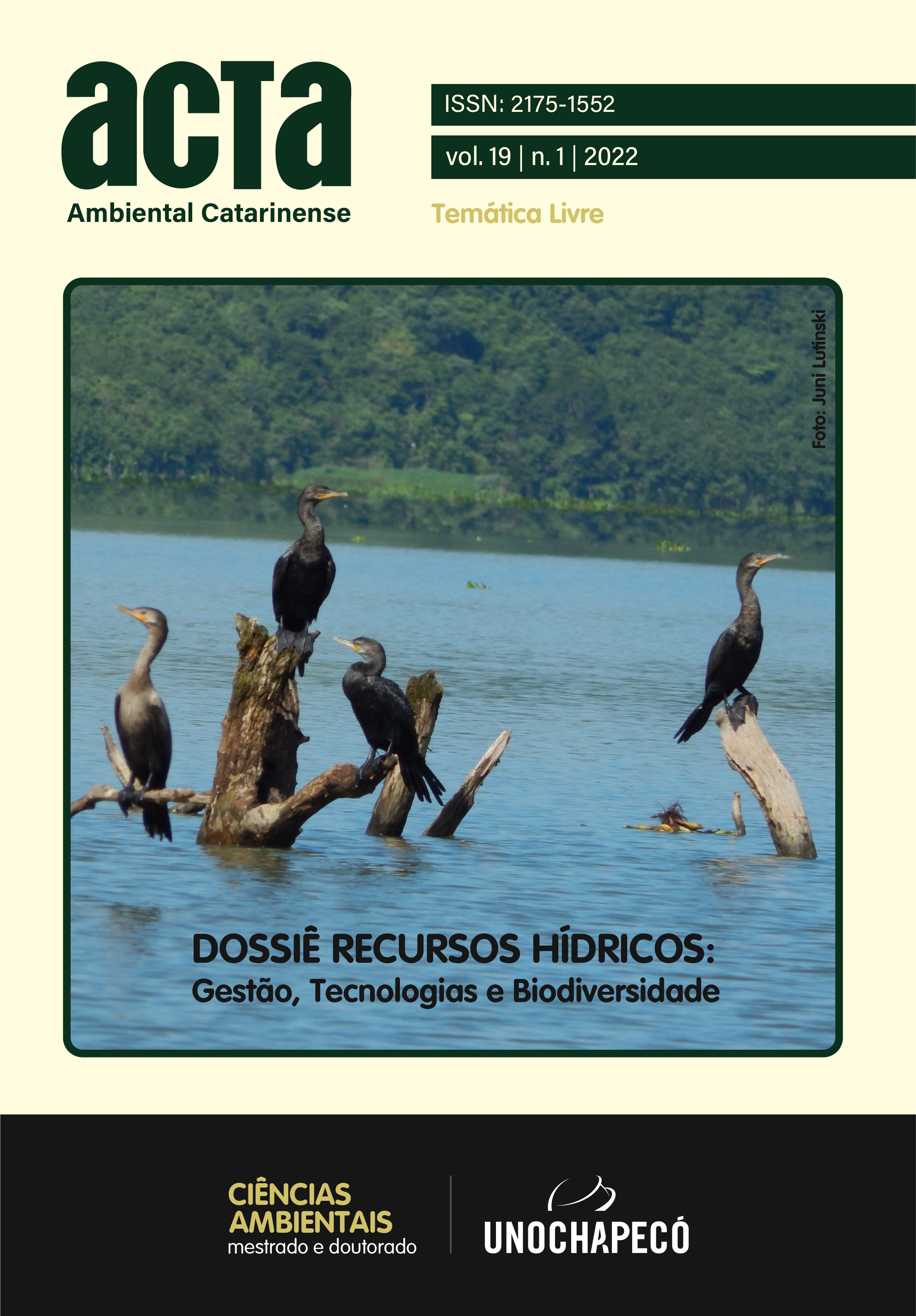CONDENSED TANNINS OF THE SPECIES PINUS TAEDA: EXTRACTION, CHARACTERIZATION AND POTENTIAL FORMULATION OF WOOD BIOADHESIVE
DOI:
https://doi.org/10.24021/raac.v19i1.5768Palavras-chave:
Extractives, Gel time, Tannin-formaldehyde, Catechins, Polymer.Resumo
The species Pinus taeda was evaluated as a source of condensed tannins for the potential formulation of phenolic adhesives from the extraction of the wood cortex. Extraction yield, percentage of tannins and non-tannins, and reactivity to the formaldehyde by the Stiasny number were analyzed in the responses of the extraction processes with extractive agents sodium sulfite (Na2SO3), sodium hydroxide (NaOH), and urea [(NH2)2CO] in the percentages of 2, 4, 6, 8, and 10 in relation to the weight of the bark of this species. The extracts were analyzed using the techniques of IR - Infrared Spectroscopy, SEM - Scanning Electron Microscopy, DRX- X-ray Diffractometry, and EDS - Energy-Dispersive X-ray Spectrometry. In another step, the formation time of the commercial tannin gel and of the P. taeda were compared in relation to formaldehyde. The results show that the specie have condensed tannins, and sustain that they are catechins. These catechins form polymers identified by SEM in less time in relation to the formaldehyde in the formation of the gel, suggesting that the tannins can be extracted from the species as a potentially new commercial source that lumber companies can use to manufacture phenolic resins.
Downloads
Downloads
Publicado
Edição
Seção
Licença
Copyright (c) 2021 Revista Acta Ambiental Catarinense

Este trabalho está licenciado sob uma licença Creative Commons Attribution-NonCommercial-NoDerivatives 4.0 International License.
Estou ciente de que, em sendo aprovado, a publicação do artigo será no formato on-line no Portal de Periódicos da Unochapecó.Também tenho ciência de que há autorização para assumir contratos adicionais separadamente, para distribuição não-exclusiva da versão do trabalho publicada nesta revista (ex.: publicar em repositório institucional ou como capítulo de livro), com reconhecimento de autoria e publicação inicial nesta revista.
















